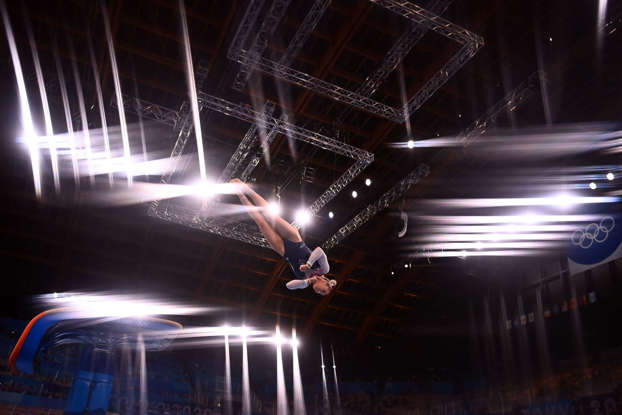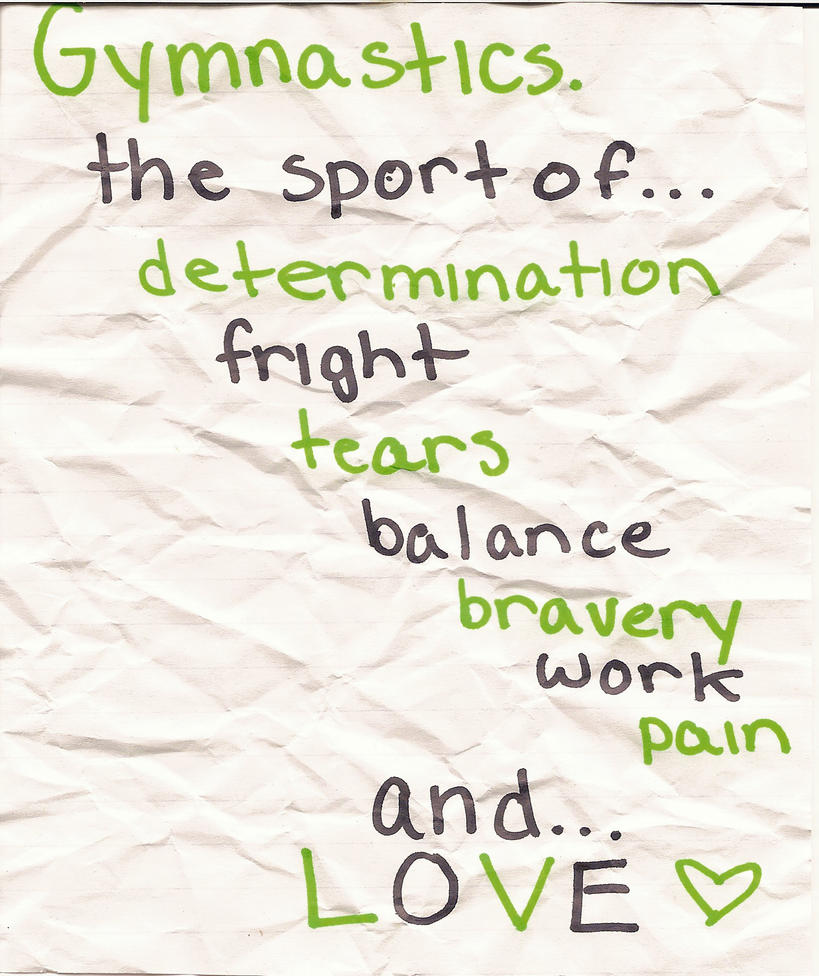10 Dangerous Gymnastics Moves to Avoid: Stay Safe!

Introduction
Gymnastics is a breathtaking sport that combines strength, flexibility, and artistry. However, it’s also one of the most injury-prone disciplines due to its high-risk maneuvers. While advanced gymnasts train rigorously to execute complex moves, amateurs and even some professionals can face severe consequences if they attempt dangerous skills without proper preparation. Below, we explore 10 dangerous gymnastics moves to avoid, shedding light on the risks and emphasizing the importance of safety and proper training.
1. The Produnova (Vault)
Dubbed the “Vault of Death,” the Produnova is a front handspring double front somersault. It’s one of the most dangerous moves in gymnastics due to its high impact on landing. Mistakes can result in neck or spinal injuries.
- Why It’s Risky: The gymnast’s head comes dangerously close to the ground during rotation, leaving little room for error.
- Safer Alternative: Stick to simpler vaults like the Yurchenko or handspring vault until you’ve built sufficient strength and technique.
2. The Thomas Salto (Floor Exercise)
This move involves a 1½ twist during a single backward somersault in a tucked or piked position. It was banned by the International Gymnastics Federation (FIG) in 2011 due to its high injury rate.
- Why It’s Risky: The blind landing increases the risk of neck and head injuries.
- Safer Alternative: Practice basic twists and somersaults before attempting advanced maneuvers.
3. The Kolman (High Bar)
A Kolman is a triple back somersault with a full twist. It’s notoriously difficult due to its speed and complexity.
- Why It’s Risky: Mistimed twists or improper body positioning can lead to falls or collisions with the bar.
- Safer Alternative: Master single and double somersaults before progressing to this move.
4. The Triple Back Layout (Floor Exercise)
This move involves three backward somersaults in a straight body position. It’s challenging due to the height and speed required.
- Why It’s Risky: Over-rotation or under-rotation can result in dangerous landings, potentially causing back or neck injuries.
- Safer Alternative: Start with single and double back layouts on a soft surface before attempting this move.
5. The Biles II (Vault)
Named after Simone Biles, this vault features a Yurchenko entry with two twists in the air. It’s one of the most difficult vaults in women’s gymnastics.
- Why It’s Risky: The complexity of the twists increases the risk of under-rotation and awkward landings.
- Safer Alternative: Focus on perfecting the Yurchenko vault before attempting this variation.
6. The Cassina (Parallel Bars)
This move involves a double salto forward with a full twist. It’s extremely difficult due to the need for precise timing and body control.
- Why It’s Risky: Mistakes can lead to falls or collisions with the bars, potentially causing fractures or head injuries.
- Safer Alternative: Practice single saltos and dismounts before attempting this move.
7. The Tkachev (High Bar)
A Tkachev is a release move where the gymnast performs a 180-degree turn and regrasp the bar. It’s risky due to the speed and height involved.
- Why It’s Risky: Improper execution can result in falls or failure to regrasp the bar, leading to serious injuries.
- Safer Alternative: Master basic swings and regrips before progressing to release moves.
8. The Arabian Double Front (Floor Exercise)
This move involves a round-off onto the springboard, followed by a double front somersault in the air. It’s challenging due to the blind takeoff and quick rotation.
- Why It’s Risky: Mistakes can lead to under-rotation and dangerous landings, potentially causing head or neck injuries.
- Safer Alternative: Practice single front somersaults and work on proper takeoff technique.
9. The Stalder (Uneven Bars)
A Stalder is a swing with the legs in a straddled position, often used as a preparatory move for releases. It’s risky due to the potential for collisions with the bars.
- Why It’s Risky: Improper technique can lead to falls or injuries to the legs and hips.
- Safer Alternative: Focus on basic swings and handstands before attempting this move.
10. The Full-Twisting Double Layout (Floor Exercise)
This move involves two backward somersaults with a full twist in a straight body position. It’s challenging due to the need for precise timing and body control.
- Why It’s Risky: Mistakes can result in over-rotation, under-rotation, or twisted landings, potentially causing back or neck injuries.
- Safer Alternative: Master the double layout and full twist separately before combining them.
Can beginners attempt any of these moves?
+No, beginners should avoid these moves entirely. They require advanced skills, strength, and technique that take years to develop.
How can I safely progress in gymnastics?
+Work with a certified coach, start with foundational skills, and gradually progress to more complex moves. Always practice in a safe environment with proper spotting and equipment.
What are common injuries associated with these moves?
+Common injuries include fractures, sprains, concussions, and spinal injuries. Overuse injuries like tendonitis are also prevalent.
Are these moves banned in competitions?
+Some, like the Thomas Salto, are banned due to safety concerns. Others, like the Produnova, are allowed but rarely attempted due to their risk.
How can I spot unsafe gymnastics practices?
+Look for lack of coaching supervision, inadequate warm-ups, and attempts at advanced moves without proper progression. Always prioritize safety over risk.
Conclusion
While the 10 dangerous gymnastics moves to avoid may seem enticing, their risks far outweigh the rewards for most gymnasts. Always prioritize safety, proper training, and gradual progression. Remember, the true beauty of gymnastics lies in mastering skills with grace, precision, and, above all, caution. Stay safe, and let your journey in gymnastics be as rewarding as it is thrilling!



